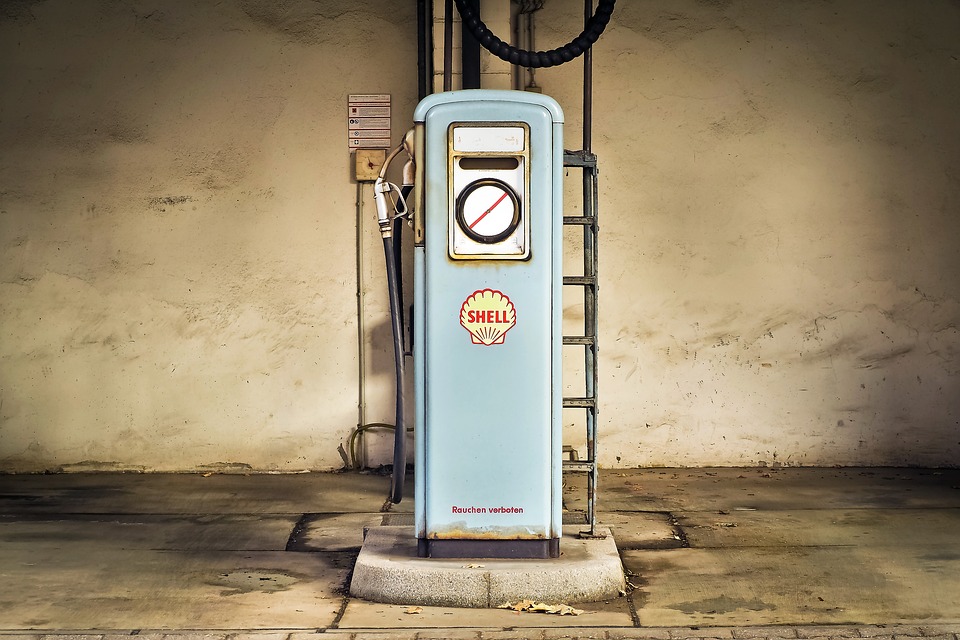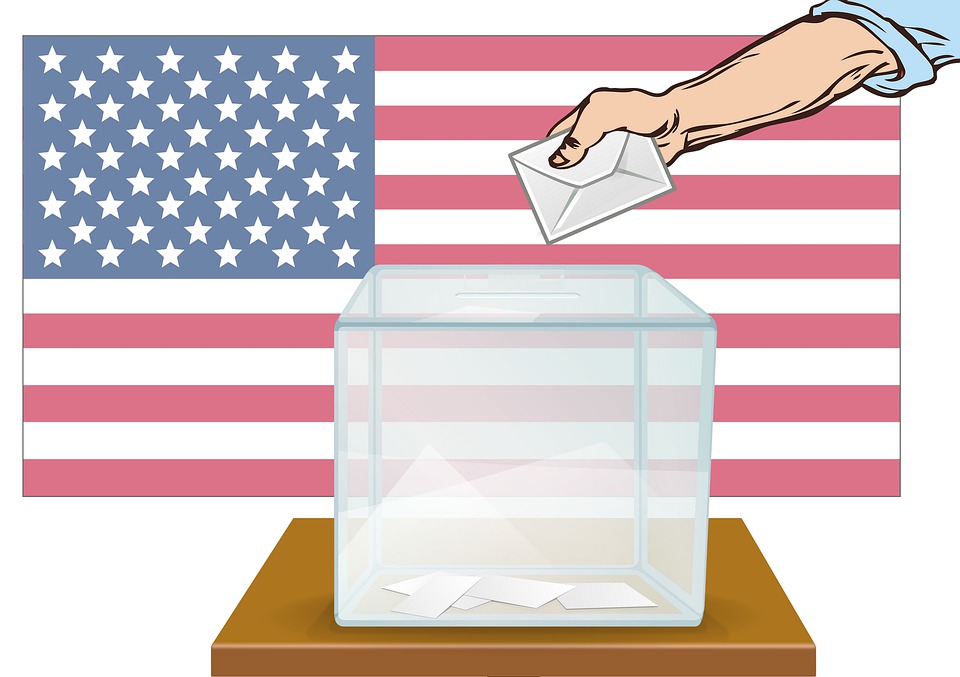Improve Your IQ, Subscribe to Suvipra’s Newsletter
You may be a student or an office-goer, the price of petroleum products does impact you in some way or the other. You must have read about how a spike in petrol and diesel prices triggers widespread criticism of the government of the day, even resulting in demonstrations and shift in voting preference during polls. Even school students discuss these price fluctuations, some because their commute by a two-wheeler to their school becomes expensive and others because their pocket money sees a cut due to increased prices. Let’s today know some basics of oil economics, and then also see what can be the impact of US-Iran tensions on prices of petroleum products in India.
Do we have crude oil reserves?
First things first, and the most significant element is that India imports more than 80 percent of its crude oil consumption from overseas since we lack sufficient reserves to meet the needs of our economy. Secondly, we import crude, which means that the end-product- petrol and diesel- is produced locally by means of refining; in fact, the Jamnagar Refinery owned by Reliance Industries is the largest refinery in the world. Another interesting point is that India even exports refined petroleum products to other countries. You must take pride in the fact that our country has some finest and technologically advanced crude oil refineries.
Where does our crude come from?
Let us now know where our crude oil comes from. Data suggest that Iraq is presently the biggest crude exporter to India, followed by Saudi Arabia, Iran (this may even drop further since US sanctions on Iran have kicked in), Venezuela (even this is under threat owing to the power tussle in the region and backdoor US intervention), UAE, Nigeria, Mexico and United States. Many of you must have heard of the high living standards in gulf countries. This is nothing but the crude revenue that these countries earn since they possess huge oil reserves. Countries like Saudi Arabia and UAE can barely survive if one day other countries stop purchasing crude from them, however, since crude is fundamental to any economy’s growth, gulf nations have the upper hand.
Price Fluctuations
One question still stands and in fact stares us in the eyes. Why price of petroleum products fluctuates? This must be understood in the backdrop that crude prices that were hovering above USD100 per barrel in mid 2014 suddenly plunged to less than USD50 by late 2018.
A drop in prices can be attributed to increase in crude oil output in the non-OPEC region, mainly the United States. In fact, the US has become world’s largest producer of crude. Secondly, when importing countries see a dip in demand of oil, due to recession and slowing growth, the price of crude oil in international market takes a hit.
Of late, the decline has been reversed with prices picking up due to multiple reasons. First, major oil producing countries, which are part of the cartel, OPEC, have intentionally dropped their output and thus have artificially increased the price for importing countries. After all, oil is the most vital resource for growth and developing countries including India and China are burning it at a great pace. Other reasons include US sanctions on Iran and the turmoil in Venezuela.
US-Iran Conflict
That the United States killed a top Iranian commander in an air strike on Baghdad airport grabbed news headlines in the past week. In the immediate aftermath of the air strike, the price of crude oil in the international market rose by 3 percent. Market watchers anticipated a retaliation by Iran and even a full-blown war between the US and Iran wasn’t ruled out. However, Iran hasn’t flexed any muscles until now and has only threatened the US through harsh rhetoric. And hence, the prices have dropped now coming back to nearly where they were before the US attack. Both sides have been threatening each other with dire consequences and only time will tell how this impacts the price of petrol and diesel in India in near future.
This is the basics of petroleum economics. The demand and supply determine price, just as in case of any other goods or services. Having understood this, you must also now note that you can play an important role in helping petroleum prices stay within comfortable zones. How? It’s simple. From turning off the engine while the traffic signal is red to adopting public transport facilities including metro and buses to forming groups and pooling your commute with other travelers, a lot can be done. Remember, petroleum products aren’t just expensive; they are also major pollutants of environment.
Also read: The Issues Facing Indian Telecom Industry
Suvipra aggregates essential blogs in one place for enhancing general awareness and intellect of the readers. Read to Succeed.
Reach a wider audience for free!
To get your blog published on Suvipra.com, click Submit Your Blog
Increase the number of clicks to your own website for free!
To submit the link to the blog on your website, click Submit your Blog Link


























